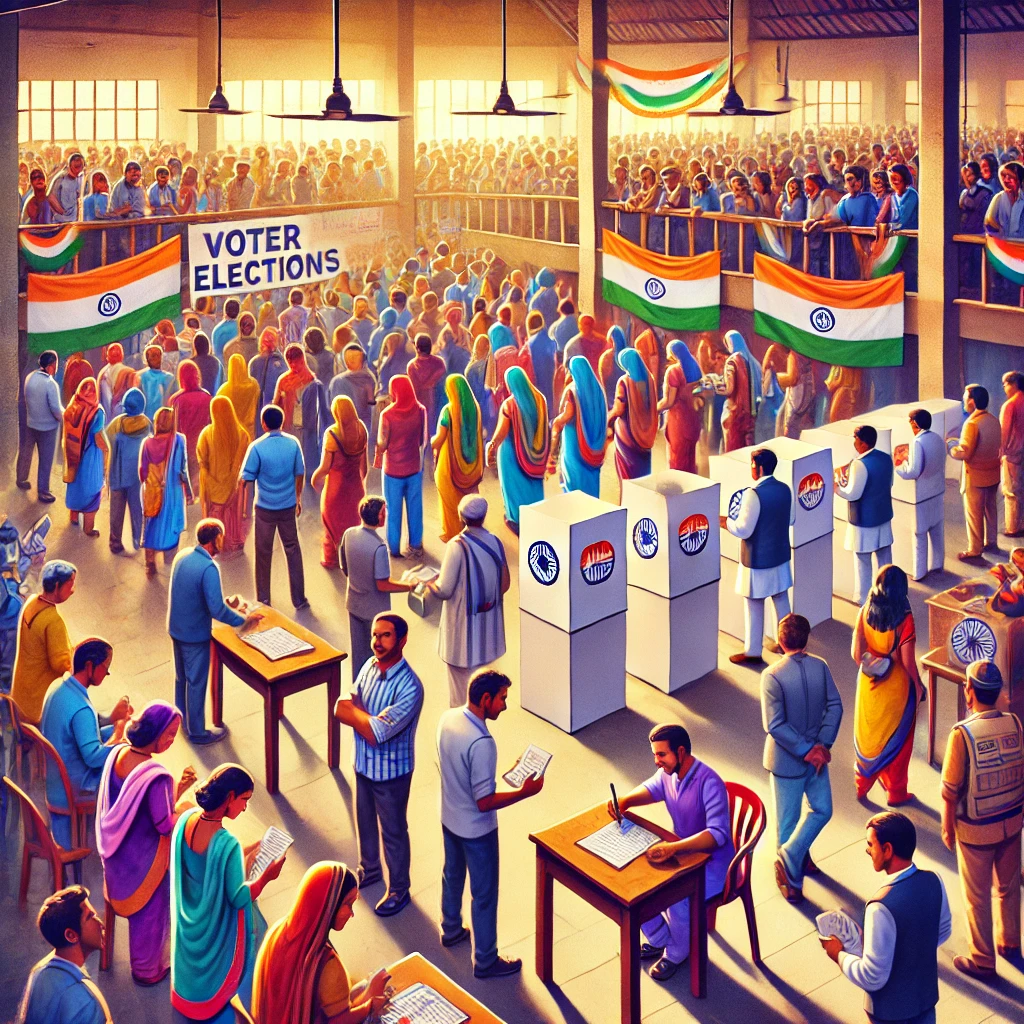
High voter turnout in elections is often seen as a sign of increased public engagement, but it doesn’t necessarily indicate anti-incumbency sentiment. Prannoy Roy and Dorab R. Sopariwala’s book “The Verdict: Decoding India’s Elections” provides a comprehensive analysis of this phenomenon.
Key Points from “The Verdict”
- Voter Engagement: Higher voter turnout can simply reflect greater political awareness and engagement among the electorate. Voters may feel more compelled to participate due to the significance of the election or effective mobilization by political parties.
- Complex Voter Motivations: The reasons behind increased turnout are multifaceted. While some voters may be driven by dissatisfaction with the incumbent, others may be motivated by support for the current government or a desire for continuity.
- No Direct Correlation: Historical data from Indian elections show that high turnout does not consistently lead to the ousting of incumbents. For example, in the 2019 general elections, the voter turnout was the highest ever at 67.11%, yet the incumbent BJP won a decisive victory.
Historical Election Results
- 2019 General Elections: The turnout was 67.11%, the highest in Indian history. Contrary to the notion of anti-incumbency, the incumbent Narendra Modi-led BJP won with an increased majority.
- 2014 General Elections: The voter turnout was 66.38%, which was higher than previous years. Here, the incumbent Congress-led UPA government was defeated. However, this case was influenced by several factors, including corruption scandals and economic issues.
- 2004 General Elections: The turnout was 58.07%. The incumbent BJP-led NDA government was unexpectedly defeated despite India Shining campaign, showing that lower turnout does not necessarily favor the incumbent either.
- 2009 General Elections: The turnout increased to 58.21%, but the incumbent Congress-led UPA government returned to power with an increased mandate.
Detailed Analysis
- Regional Variations: Different states and regions within India exhibit varying patterns of voter turnout and its implications. In some states, higher turnout has historically resulted in anti-incumbency, while in others, it has bolstered the incumbent’s position.
- Campaign Strategies: Effective campaigning by political parties, voter mobilization efforts, and the presence of charismatic leaders can drive higher voter turnout without necessarily indicating dissatisfaction with the current government.
- Local vs. National Issues: Voters may distinguish between local and national issues. High turnout in a national election might be driven by national concerns, while in state elections, local governance issues take precedence. This distinction can lead to varying outcomes regarding incumbency.
Conclusion
High voter turnout in Indian elections is a complex phenomenon influenced by multiple factors, including voter engagement, campaign effectiveness, and the specific issues at play. While higher turnout can sometimes indicate anti-incumbency, it is not a definitive predictor. Historical election results and the insights provided by Prannoy Roy and Dorab R. Sopariwala in “The Verdict” underline the importance of understanding the nuanced motivations of the electorate and the context of each election.

Kalyan Chandra
Kalyan chandra is a political strategist, media and communication consultant with the expertise in public relations, marketing, political research, election campaign management, psephology and digital analytics. He focuses on strategic political consulting, offering services that include competitive research, public opinion collection, and digital media management. Kalyan has significantly contributed to successful campaigns across India with his meticulous approach and deep understanding of the political landscape.
